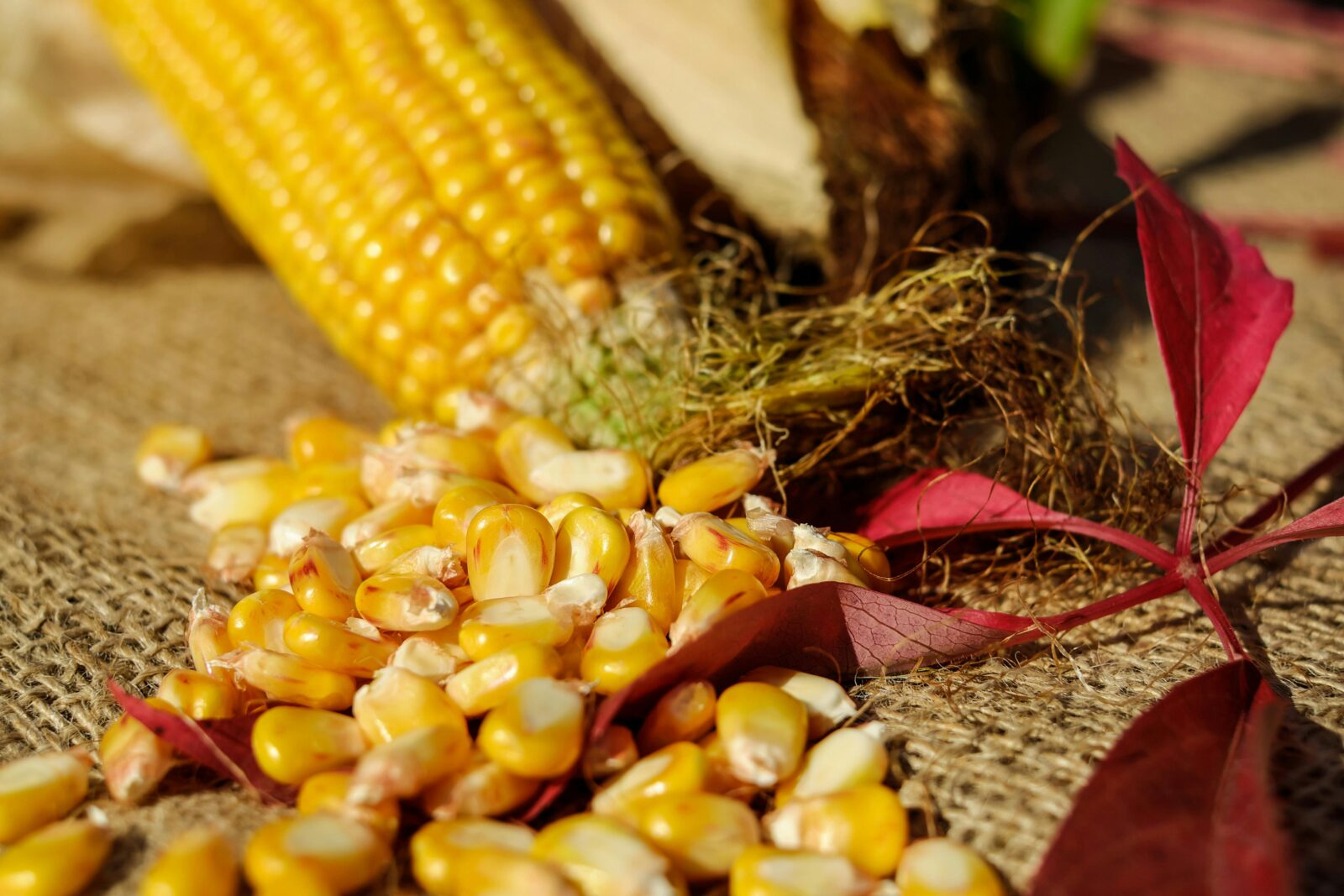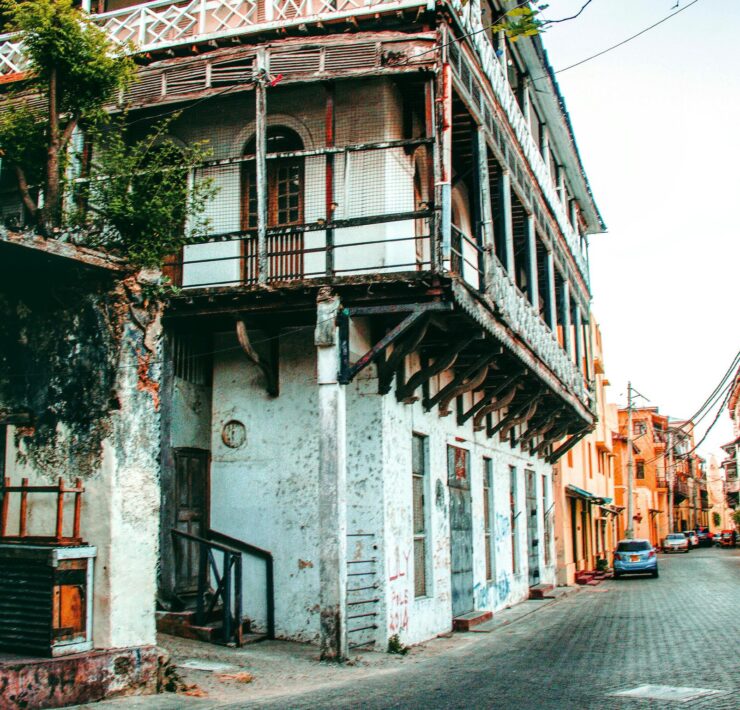Why is South Africa importing GMO maize from the US when they have a surplus?

Rutendo Bereza Matinyarare was born in Zimbabwe but he lives…
Read Next
Despite the El Niño drought, and South Africa experiencing a 23% reduction in its maize harvest, it still managed to produce enough to export its usual 2 million-ton quota to the SADC region. Nevertheless, the U.S. is set to export close to a million tons of GMO white maize to South Africa.
Now, if South Africa has a surplus of maize to fulfill its export commitments to SADC countries affected more severely by the drought, and if the country’s GMO Act prohibits importing unlicensed GMO maize into the country—only permitting non-GM imports—why is South Africa bringing in nearly a million tons of GM white maize from the U.S.?
The answer may lie in a call I received three months ago from a contact in the intelligence community of one of the SADC countries. According to this source, since 2007, South African white farmers and the U.S. government have collaborated on a program to produce GM maize specifically for Zimbabwe. Even when Zimbabwe has had bumper harvests, South African officials reportedly visit Harare to persuade the government to continue purchasing GMO maize from South Africa. This is because an entire ecosystem of white farmers—who produce about 1.5 million tons of maize annually—is sustained by Zimbabwe’s demand.
So, when Zimbabwe does not purchase this maize, it reportedly creates a crisis for these farmers, requiring subsidies from the U.S. government, hence Kuda Tagwirei was sanctioned for the import-substituting command agriculture.
The source also claimed that some of the Zim maize labeled as South African, does not even originate from South Africa but is instead imported from the U.S., destined for Zimbabwe. This has allegedly been the case since the sanctions era, and thus the current shipment of maize to South Africa is likely headed to Zimbabwe.
But in bumper times, where does Zimbabwe send this GM maize when neighbors like Zambia outproduce Zimbabwe and prefer importing non-GMO maize from Tanzania?
As I pondered this information, the official asked a troubling question: if the U.S. declared Zimbabwe a threat to its security, foreign policy, and economic interests in 2008, and if many white South Africans resent Zimbabweans for reclaiming land from white farmers, why are these two entities seemingly eager to produce food specifically for Zimbabwe?
Even more unsettling is that this maize is not sold to Zimbabwe at a discounted rate. Instead, it is priced at a premium, ranging between $410 and $440 per ton. Millers in Zimbabwe are reportedly forced to purchase this GM maize from a subsidiary recently formed by a prominent senior executive in the milling industry.
According to my source, when this milling executive was offered non-GMO maize from Brazil and Tanzania by a U.S. commodity broker named Robert Barnes, he demanded the broker invoice him at $360 per ton and deposit a $40 per ton kickback into a foreign bank account.
Fearing potential money laundering and bribery charges under U.S. law, Barnes refused, and the deal fell through. Other Zimbabwean millers who sought to purchase the non-GMO maize were allegedly told they could only buy GMO maize from the executive’s company.
Barnes then offered 60,000 tons per month of non-GMO maize from Tanzania to various government-affiliated institutions, after Tanzania saw a 15% increase in its summer harvest. To his dismay, he was informed that Zimbabwe’s Ministry of Agriculture had banned the importation of maize from Tanzania, citing an outbreak of Maize Lethal Necrosis (MLN).
When we contacted Tanzanian officials, they clarified that their country had been cleared of MLN in 2021. They explained that a small outbreak had occurred then, but was effectively contained and eradicated. Following this, I messaged the Permanent Secretary of Agriculture in Zimbabwe, Professor Jiri, to inquire why there was a ban on Tanzanian non-GMO maize imports while GMO maize was being imported illegally from South Africa. He claimed to have no knowledge of the ban.
It appears that while Zimbabwe’s President serves as Chairman of SADC, certain officials within the Ministry of Agriculture and regulatory bodies have imposed a bogus barrier to entry upon Tanzanian non-GM maize imports—a move that contradicts SADC trade protocols. These actions seem designed to protect the monopoly of glyphosate-laced GMO maize from South Africa and its U.S. sponsors, facilitated by the infamous company owned by the notorious miller who publicly defended the glyphosate in their mealie meal.
Both the intelligence operative and Barnes highlighted this situation to illustrate how Zimbabwe’s food supply is effectively captured by U.S. and South African interests. These interests continue to export GMO maize to Zimbabwe, even during times of bumper harvests, leaving Zimbabwean farmers struggling to secure payments while South African suppliers are paid in advance of delivery.
They also speculated that much of the maize arriving from the U.S. could be bleached yellow maize, given that the U.S. produces very little white maize.
Barnes further revealed that within the commodities industry, it is widely acknowledged that much of the maize exported to Zimbabwe from South Africa is either sourced from the U.S. or grown under contract by South African white farmers specifically for Zimbabwe, under directives from the U.S. government.
This raises questions: why is the U.S. so invested in feeding Zimbabweans after imposing sanctions that have crippled Zimbabwe’s farming sector for 23 years? Could this be linked to the rising cancer rates currently affecting Zimbabwe?
Subscribe now for updates from Msingi Afrika Magazine!
Receive notifications about new issues, products and offers.
What's Your Reaction?
 PIN IT
PIN ITRutendo Bereza Matinyarare was born in Zimbabwe but he lives in South Africa. He studied marketing and project management, but now works as a full time Afrikan social engineer. His life's creed is captured in his words: "As a man I seek to die having fulfilled my destiny to humanity, not having consumed much.” He is the founder of Frontline Strat Marketing Consultancy.





















